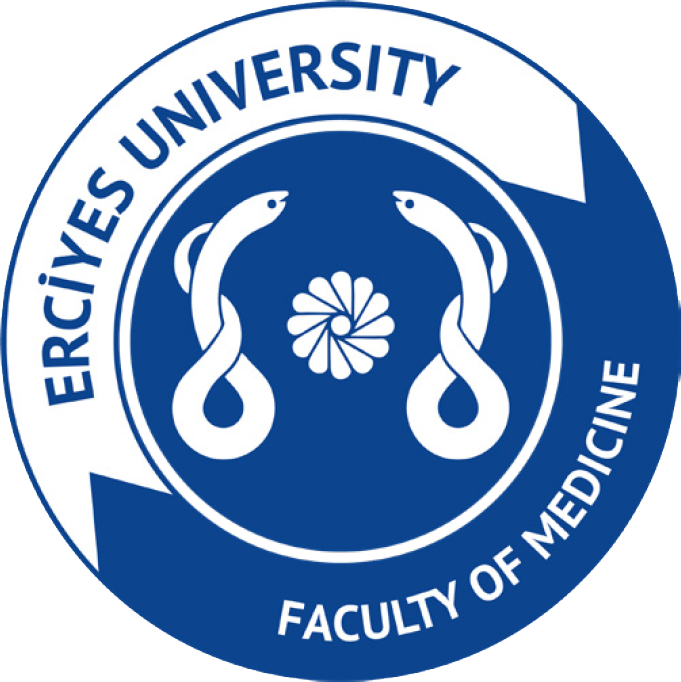Abstract
Background: Pulmonary mucormycosis is an infection caused by a fungus with a severe and often fatal course, with a mortality rate exceeding 50%. It can spread through blood or lymphatic fluids or by inhalation of sporangiospores. Immunocompromised patients are especially susceptible to this high mortality rate. Histopathology is used to identify nonseptate hyphae in tissue, and culture is used to confirm the diagnosis. Treatment usually involves a combination of aggressive surgery and medication.
Case Report: A patient with diabetes mellitus received corticosteroid treatment for facial paralysis, which led to the diagnosis of pulmonary mucormycosis. Without requiring surgical resection, the patient was successfully treated with intravenous antifungal medication, along with intrabronchial and intrapleural liposomal amphotericin B.
Conclusion: Pulmonary mucormycosis requires prompt diagnosis and treatment. Close monitoring of such infections may minimize the need for invasive procedures and lower mortality, particularly when endobronchial involvement accompanied by effusion is present.


